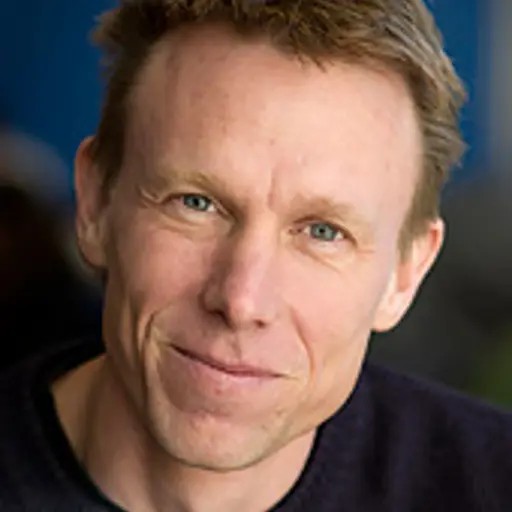Course syllabus adopted 2022-02-13 by Head of Programme (or corresponding).
Overview
- Swedish nameSamhället som system
- CodeTEK915
- Credits7.5 Credits
- OwnerTKGBS
- Education cycleFirst-cycle
- Main field of studyGlobal systems
- ThemeMTS 5 c
- DepartmentTECHNOLOGY MANAGEMENT AND ECONOMICS
- GradingTH - Pass with distinction (5), Pass with credit (4), Pass (3), Fail
Course round 1
- Teaching language Swedish
- Application code 74124
- Open for exchange studentsNo
Credit distribution
Module | Sp1 | Sp2 | Sp3 | Sp4 | Summer | Not Sp | Examination dates |
|---|---|---|---|---|---|---|---|
| 0121 Examination 7.5 c Grading: TH | 7.5 c |
|
In programmes
Examiner
 Björn Sandén
Björn Sandén- Full Professor, Environmental Systems Analysis, Technology Management and Economics
Eligibility
General entry requirements for bachelor's level (first cycle)Applicants enrolled in a programme at Chalmers where the course is included in the study programme are exempted from fulfilling the requirements above.
Specific entry requirements
The same as for the programme that owns the course.Applicants enrolled in a programme at Chalmers where the course is included in the study programme are exempted from fulfilling the requirements above.
Aim
The course aims at giving engineering students an introduction to, and basic knowledge of, society's building blocks and systems including: individuals and groups, symbols and languages, norms and knowledge, and economics and power relations, in order to enable and stimulate continued learning about how these structures affect and are affected by different technological and environmental systems.Learning outcomes (after completion of the course the student should be able to)
- reason about what a society is and how a systems analysis approach can contribute to insights into the structure and development of society,
- describe society's building blocks, subsystems and related academic disciplines,
- give one or more explanations for the existence, development and global structure of subsystems,
- describe different types of scientific explanations and related methodology,
- use some simple models that describe dynamics within and between subsystems,
- Identify causes and effects, and give historical examples, of people's categorization of people, e.g. related to concepts such as gender, class and ethnicity,
- find pathways to further studies in the field.
Content
The course takes as starting point that society is a system consisting of people who interact to achieve goals. At the system level of society, unique structures emerge that are partly based on human biology but also formed by history. These structures enable, strengthen and limit the actions of the individual and the influence of humanity on the physical environment. In the course we discuss several such structures: groups and organizations, symbols and languages, experience and science, norms and laws, beauty and art, money and economics as well as artifacts and technology. In the course we explore the development of these subsystems, their global structure and mutual dependence. The course can be viewed as a broad introduction to different social sciences and the humanities, but also aims at contributing with a unique perspective on humanity and our prospects to shape the future.Organisation
The course consists of lectures and seminars, reading of literature and continuous solving of minor tasks. It ends with an exam. The course is organized around Society's building blocks and subsystems.Literature
"Sapiens: A brief history of mankind" by Harari
Course compendium (in Canvas)
Additional articles (in Canvas)
Examination including compulsory elements
The course is examined through a written exam as well as assignments during the course. Passes also require participation in compulsory seminars.The course examiner may assess individual students in other ways than what is stated above if there are special reasons for doing so, for example if a student has a decision from Chalmers about disability study support.